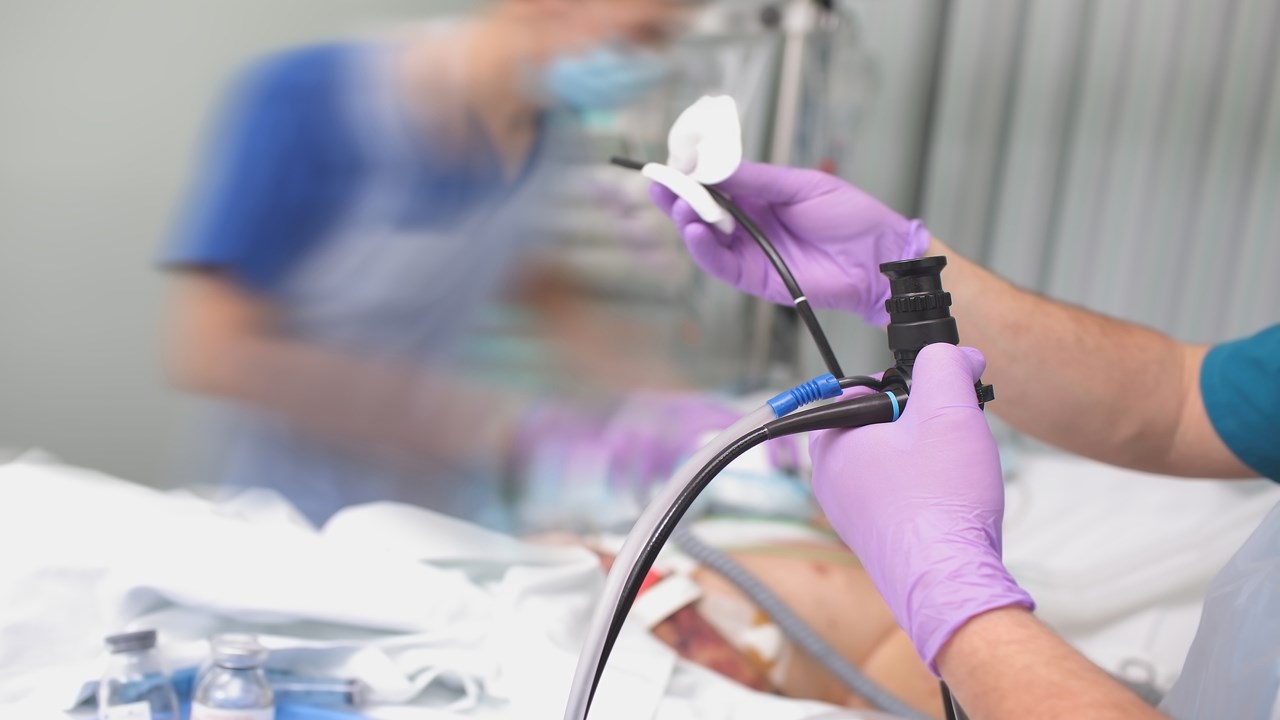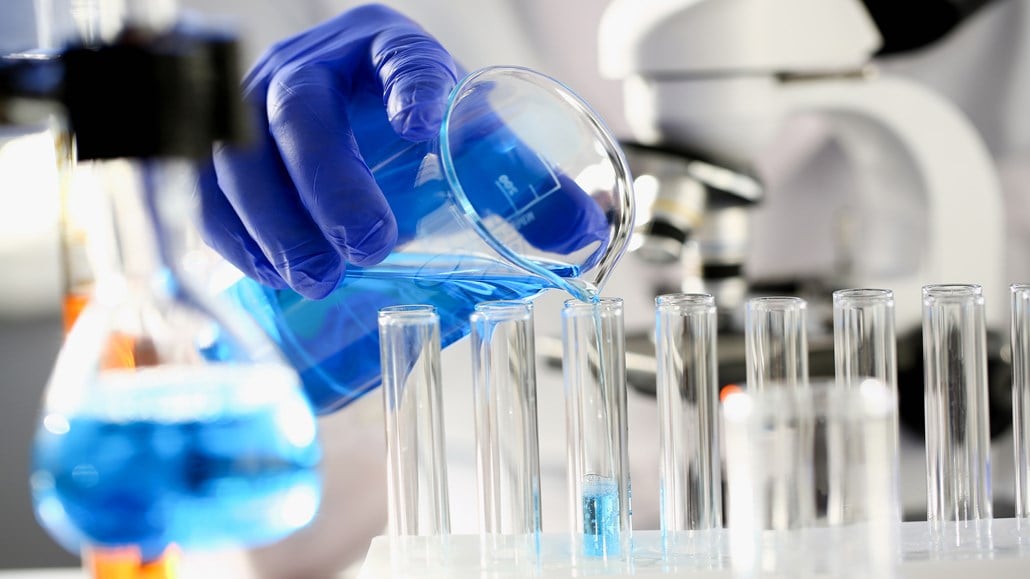
Methods of decreasing infection rates in reusable endoscopes
When a family member recently required catheterization following cancer surgery, he faced an unexpected and potentially lethal consequence: an infection that quickly turned septic, placing him in more immediate danger than his cancer diagnosis. Although he has since recovered from sepsis, his infection persists nearly three months later.
Unfortunately, this story is far too common. Between 3 and 8 percent of the 5 million individuals who require catheters each year develop bloodstream infections. Of patients receiving surgical endoscopic procedures, it was estimated in 2013 that only 1 person in 2 million patients acquired an infection. However, recent studies indicate that infection rates are over 100x more prevalent, with infections occurring in more than 1 patient out of 1000.
Even before the updated statistic, endoscopes were known to be the medical device associated with the greatest number of hospital infection outbreaks. While infections from catheters most often result from improper or infrequent cleaning of the area once the catheter is already inserted, infections from endoscopes, especially duodenoscopes, occur when reusable endoscopes are improperly cleaned between uses.
Infections occur when endoscopes are not properly cleaned of proteins, carbohydrates, and hemoglobin, meaning that biologics from one patient are then spread to the next. Most frequently, protein concentration remaining on the endoscope is used to determine cleanliness.
Protein concentration can be quantified through colorimetric assays, direct measurements, or a combination of the two methods. Colorimetric assays such as Healthmark’s ChannelCheck measure protein concentration by matching a color-change test strip to a results chart. While simple, this method is highly subject to the lighting in the room or coming in through the window, and yes, those glasses you’ve been meaning to get.
Contrarily, direct measurements quantitatively determine the amount of proteins present in the post-cleaning sampling. This may be done using systems such as Hygiena’s EndoSwab or via a direct spectroscopic method. These rapid monitoring methods have proven useful for their objectivity in determining cleanliness. Less time is required to fully train personnel, and the quantitative data which these methods provide can be recorded and attached to hospital records.
Studies have shown that cleaning endoscopes and catheters per protocol is the single most effective means to prevent infection. As of April 2019, the FDA has continued to remind facilities to clean appropriately, but has not issued firm guidelines as to what that process entails. However, years of the FDAs continued research into this area, and trends across the pharmaceutical and medical device industry, implies that additional regulation is likely forthcoming.
Explore the Power of Spectroscopy
Providing guidance on the best techniques to apply to your challenges.
